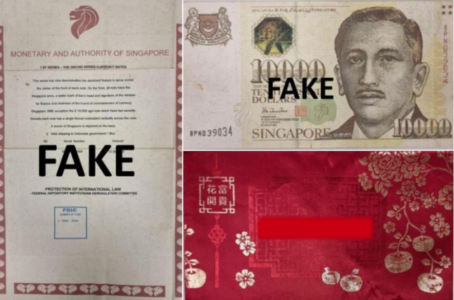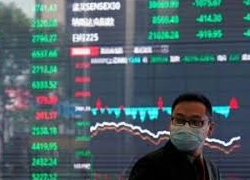The persistent allure of imitation in a world driven by affordability and accessibility
SINGAPORE: At the turn of the millennium, many households in Singapore were filled with pirated movies, TV shows, and music. From VCDs to DVDs, counterfeit goods offered affordability and accessibility that resonated with the masses. Fast forward to today, while physical piracy has waned, the demand for counterfeit goods continues to thrive, particularly on e-commerce platforms.
The Changing Face of Counterfeits
The shift from pasar malams to platforms like Shopee and AliExpress has made accessing counterfeit goods easier than ever. Products like fake football jerseys, imitation designer furniture, and knockoff skincare products are just a click away, often shipped with free delivery.
For some, the appeal lies in affordability. As one student, Joey, explained, “I care about brands up to the point where I can’t afford them. If I buy a dupe, I question how much value I’m really getting.”
Risks of Counterfeit Products
While counterfeit fashion may seem harmless, the dangers of fake skincare and health products are far more serious. Reports reveal toxic ingredients in counterfeit cosmetics and other products sold online, often peddled by influencers on platforms like TikTok.
“Counterfeit goods pose risks not only to consumer health but also to the economy,” says intellectual property expert Cyril Chua. “They undermine legitimate businesses, reduce tax revenue, and leave consumers vulnerable to substandard quality.”
E-Commerce’s Role
E-commerce platforms like Shopee have come under scrutiny for hosting counterfeit products. Despite efforts like forming brand protection teams, these platforms struggle to eradicate counterfeit listings entirely.
The Appeal of Affordable Alternatives
Generational attitudes toward counterfeit goods have evolved. Younger consumers prioritize affordability and style over brand status. As fashion trends shift, fast fashion and imitations make high-end looks accessible to a broader audience.
A growing focus on frugality among Gen Z has normalized the practice of finding affordable alternatives, with some viewing counterfeits as a means to express personal style without breaking the bank.
Counterfeits and Value Perception
The demand for counterfeit goods reveals a deeper question about how consumers perceive value. Communities like Reddit’s r/BuyItForLife encourage thoughtful spending on durable, high-quality products. However, many consumers lack the time or resources to adopt such mindful purchasing habits.
“Counterfeiters thrive on the convenience and low prices that consumers seek,” Chua notes. “As long as there is demand, supply will follow.”
A Call for Change
To combat the counterfeit market, greater enforcement, consumer education, and accountability from e-commerce platforms are crucial. While government efforts target local sellers, international counterfeiters remain a challenge due to jurisdictional limits.
The Bottom Line
Counterfeit goods may offer short-term savings, but they come with hidden costs—whether in terms of quality, safety, or ethical considerations. As consumers, making informed decisions and prioritizing genuine products can drive meaningful change in the marketplace.








